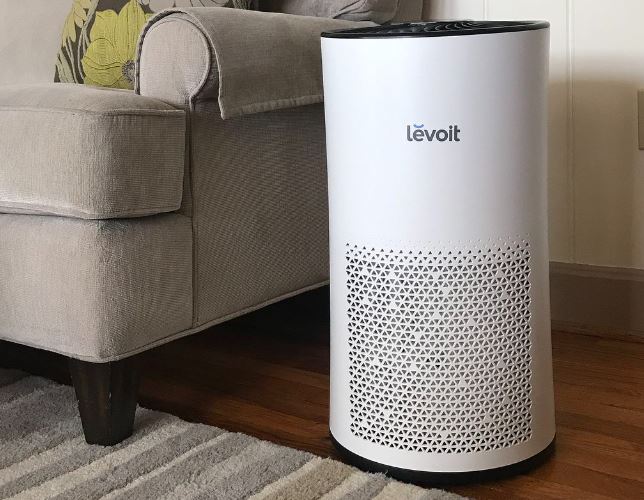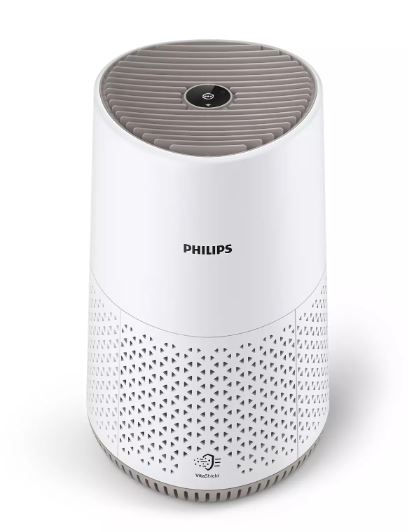Best Air Purifiers for Large Rooms: Powerful Options for Open Spaces
Wiki Article
In an era of heightened health awareness, the quality of the air we breathe has become an increasingly important consideration for homeowners and health-conscious individuals. With increasing environmental pollution and a deeper insight of the influence of indoor air quality on overall health on our health, it's no surprise that the air purifier market is booming.
Air purifiers are machines that remove contaminants from the air in a space, improving indoor air quality. They are particularly beneficial for those with allergies, asthma, or respiratory concerns as they can significantly lower the levels of allergens, pollutants, and irritants in the air. For those without respiratory concerns can rely on the added protection of air purifiers, as they offer peace of mind and an extra layer of protection against airborne illnesses.
This guide will dive deep into the world of air purifiers, discussing the perks they offer, the variety of options on the market, key considerations when choosing a purifier, and maximizing your air purifier's potential. By the end, you should have a comprehensive understanding of air purifiers and be able to decide confidently about whether investing in one is the right choice for your household.

Understanding Air Pollutants and Their Impact on Health
To grasp the importance of air purification, it's key to comprehending the types of pollutants they target and the likely impact of exposure to these contaminants.
Indoor air pollutants can be broadly grouped into three primary types:
- Particulate Matter: This includes tiny solid and liquid particles floating in the atmosphere. Examples include dust, smoke, pollen, pet dander, mold spores, and more. Particulate matter can cause respiratory issues and trigger allergic reactions.
- Volatile Organic Compounds (VOCs): VOCs are gaseous compounds released from solids and liquids. Sources of VOCs include aerosol sprays, cleaning products, paints, and pesticides, among others. Exposure to VOCs can lead to eye, nose, throat irritation, headaches, and stomach discomfort.
- Biological Contaminants: These include microbes such as bacteria, viruses, mold spores, and mildew. They can cause a variety of health problems, from minor allergies to serious infections.
The consequences of exposure on human health can differ considerably. For those suffering from respiratory ailments or weakened immune systems, exposure to indoor air pollutants can lead to significant health complications. Even those in good health, long-term exposure to certain pollutants can contribute to the development of respiratory issues and other health problems over time.

How Air Purifiers Work
Air purifiers use a range of physical and chemical mechanisms to capture and remove pollutants from the air. Understanding the basic mechanisms employed by purifiers will help you appreciate their effectiveness and the array of models on the market.
Here are the core processes and cutting-edge technologies used in air purifiers:
- Filtration Excellence: This is the predominant technique used in air purifiers. It involves using specialized filters to capture particles as air is passed through the filtration system. The filter composition can differ, each designed to trap particular particle types. For example:
- Pre-filters: The First Line of Defense: These are usually the first line of attack, trapping bigger contaminants like dust, hair, and similar larger particles.
- HEPA Filtration: Unparalleled Performance: HEPA filters are exceptionally efficient at trapping tiny particles, including bacteria, viruses, pollen, and dust mites. To be labeled a bona fide HEPA filter, it must capture at least 99.97% of particles as small as 0.3 microns.
- carbon or charcoal filters: These filters are designed to reduce VOCs and odors.
- Ionizers: Ionizers use charged particles to create ions with a negative charge, which bind to particles in the air. The charged particles are drawn to nearby surfaces or the purifier itself.
- Ozone: A Powerful Purifier: Some air purifiers use ozone as a powerful cleaning agent. While effective, ozone can also be harmful to human health so these types of purifiers should be used with caution and only in unoccupied spaces.
- Ultraviolet (UV) Light: UV light can be used to neutralize bacteria, viruses, and mold spores. UV light is commonly paired with filtration to eliminate particles, while UV light ensures any remaining biological contaminants are destroyed.
Choosing the Right Air Purifier
With a wide array of options available, selecting the perfect purifier can be a daunting task. It's important to consider multiple factors to ensure you make the best decision for your specific needs and space.
Here are some crucial points to consider:
- Sizing Up the Room: Air purifiers are typically rated according to room size, so it's important to choose a model that can effectively handle the square footage of the room. Most purifiers will list a suggested room size or CADR rating, which indicates the rate at which it can deliver clean air.
- Understanding Contaminants: Identify the specific pollutants you want to target. If you suffer from allergies, look for a purifier with a true HEPA filter. For eliminating odors, consider a model with a carbon filter. If you're concerned about pathogenic microorganisms, a purifier with UV-C light might be best.
- Noise Level: Air purifiers can produce a range of noise outputs, so if you plan to use it in a quiet bedroom or tranquil space, look for models with a sleep mode or quiet setting.
- Long-term Considerations: Consider the regular maintenance and associated costs of the purifier. HEPA filtration systems may need periodic replacement, depending on use and environmental factors. Remember to budget for filter replacements when making your choice.
- Additional Features: Many purifiers offer smart features like wireless connectivity, air quality sensors, and smart modes, allowing remote control and monitoring. These features can improve your purifier's performance and ease of use.
Unlocking the Full Potential of Your Air Purifier
Once you've invested in an air purifier and set it up, there are several things you can do to ensure it operates at maximum efficiency and delivers the greatest advantages:
- Place it in the Right Location: Position your purifier in an open area, away from walls and furniture, to ensure effective airflow. Avoid placing it near open windows or doorways as drafts can impact its efficiency.
- Consistent Use: For the best results, it's recommended to run your purifier continuously. Many models have automatic or low-power settings that adjust the fan speed based on air quality, so you can maintain clean air without running up a huge energy bill.
- Regular Filter Care: Regularly follow the manufacturer's filter replacement guidelines. Over time, filters become clogged with particles, reducing the purifier's efficiency. Set a reminder for filter changes so you don't forget.
- Limiting Indoor Pollutants: Alongside using an air purifier, take steps to minimize indoor air pollutants. This could include vacuuming, dusting, choosing natural cleaning alternatives, and limiting aerosol and chemical products. Report this wiki page